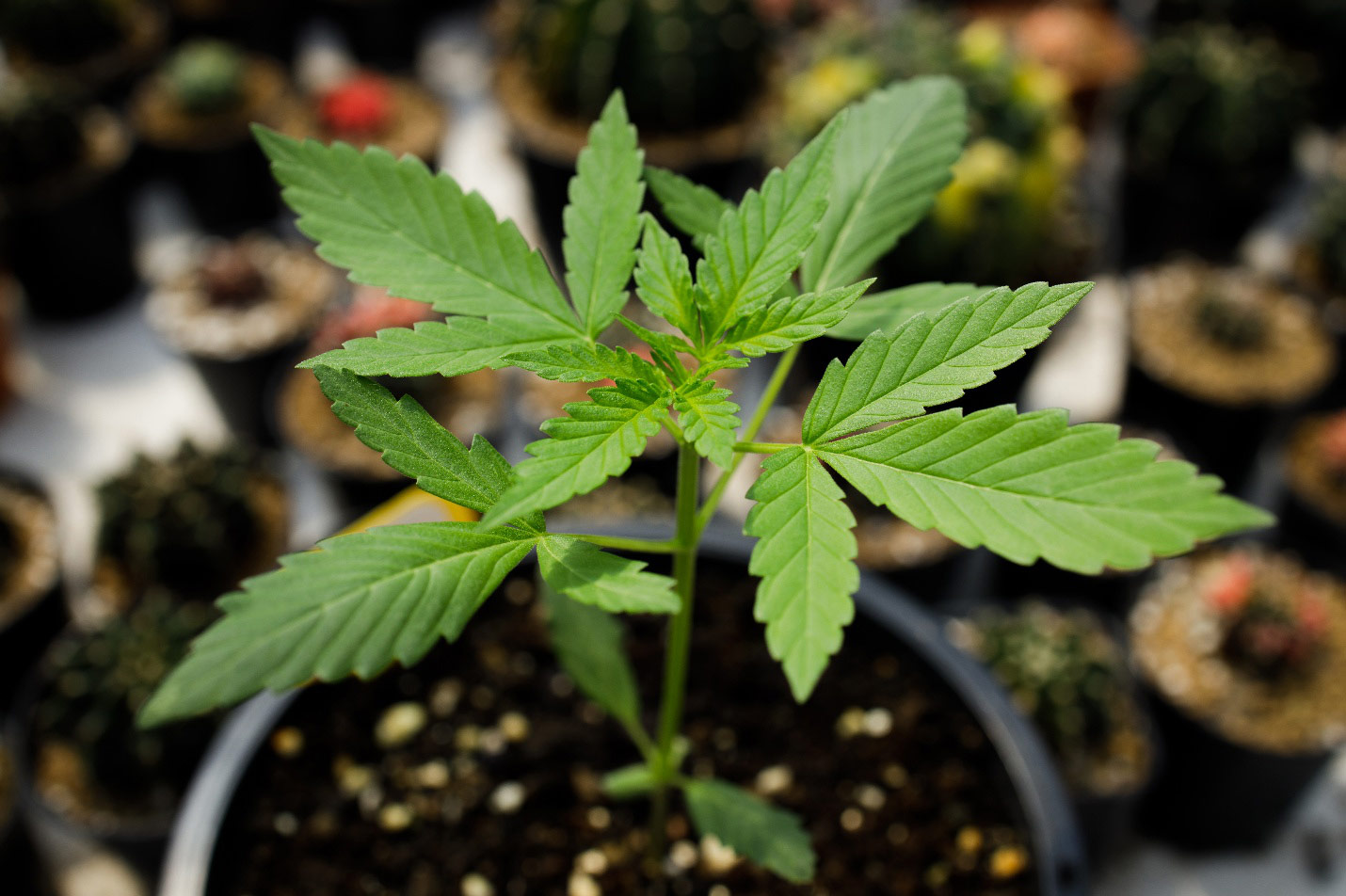
As Europe’s cannabis sector pushes toward stronger legal and quality benchmarks, one issue draws concern but remains under-emphasized by operators: microbial contamination in cannabis inflorescences. Most producers remain focused on THC levels, terpene expression, and visual grading, leaving microbial control as a critical blind spot, particularly in pharmaceutical markets, where products are destined for inhalation. A passed lab test today guarantees not a successfully and permanently clean facility.
A 2023 study published in Frontiers in Microbiology, by Dr. Zamir Punja, sheds light on how contamination is shaped by a plant’s genetic profile, its cultivation environment, and post-harvest handling. The research focused on high-THC cannabis and measured total yeast and mold levels across a variety of cultivars. The findings of the report provides invaluable insights for European producers aiming to meet or exceed the standards set in countries like Germany and Denmark.
Plant Genetics & Microbial Exposure
One of the key takeaways from the study is that some cannabis cultivars are simply more prone to microbial development than others. This variation is closely tied to traits like trichome density, bud structure, and resin output. Cultivars that develop thick, sticky flowers rich in resin often contain terpenes and cannabinoids with mild antifungal properties, giving them a natural edge.
On the other hand, looser, airier flower structures tend to trap moisture and create ideal conditions for mold and yeast growth. This isn’t just a curious scientific observation, it’s an opportunity. European genetic programs now have the chance, and arguably, the responsibility to prioritize microbial resilience alongside potency and chemotype.
Operators of cultivation facilities must adopt stringent quality benchmarks as outlined by principles of Controlled Environmental Agriculture; all parameters excluding possibility of mold or microbial growth must be maintained.
Plant Genetics & Microbial Exposure
One of the key takeaways from the study is that some cannabis cultivars are simply more prone to microbial development than others. This variation is closely tied to traits like trichome density, bud structure, and resin output. Cultivars that develop thick, sticky flowers rich in resin often contain terpenes and cannabinoids with mild antifungal properties, giving them a natural edge.
On the other hand, looser, airier flower structures tend to trap moisture and create ideal conditions for mold and yeast growth. This isn’t just a curious scientific observation, it’s an opportunity. European genetic programs now have the chance, and arguably, the responsibility to prioritize microbial resilience alongside potency and chemotype.
Operators of cultivation facilities must adopt stringent quality benchmarks as outlined by principles of Controlled Environmental Agriculture; all parameters excluding possibility of mold or microbial growth must be maintained.
Adopting Continuous Microbial Testing Practices
These findings highlight the need for regular microbial testing throughout the production cycle, not just once at the end. Testing should occur at multiple points: pre-harvest, post-dry, and again during packaging. Compliance isn’t just about reacting to results, it’s about prevention. Facilities need to invest in training, maintain strict SOPs, and explore technologies like cold plasma, UVC, or biological competitors that suppress harmful microbes.
In Germany, cannabis intended for inhalation under GMP conditions must meet strict microbial limits. The total aerobic microbial count (TAMC) is capped at 1,000 CFU/g, and total yeast and mold count (TYMC) must remain below 100 CFU/g. Pathogenic organisms like E. coli, Salmonella, Staphylococcus aureus, and Pseudomonas aeruginosa must be entirely absent. These limits are stricter than the general herbal medicine guidelines under the European Pharmacopoeia and are fast becoming the gold standard for exports and cross-border trade within the EU. Producers who fall short of these thresholds face serious consequences: failed batch releases, blocked exports, regulatory investigations, or loss of GMP status. Microbial safety doesn’t have to be a source of stress or uncertainty.
With the right systems, testing routines, and strain selection, cultivators can reliably meet the mark, and build trust with regulators, buyers, and patients alike. Microbial contamination isn’t just about rules or limits, it’s about discipline. It’s the outcome of choices made throughout the production life-cycle. Decisions made today can play a huge impact on the bottom line in a years time.
However, the 2023 research confirms that this challenge is both predictable and solvable. For Europe’s cultivators, especially those aiming for a place in the global pharmaceutical supply chain, controlling microbes shouldn’t just be a check-box. It’s a mark of product integrity, and in many cases, the difference between market access and missed opportunity.
Author Bio:
Xavier Gaya is a leading expert in medical cannabis cultivation, post-harvest processes, and regulatory compliance, with over 25 years of experience optimizing GACP and EU-GMP-certified facilities across Europe and beyond. His expertise spans breeding, facility design, fertigation strategies, and cannabinoid extraction, helping businesses navigate the complexities of international cannabis markets while ensuring compliance and operational efficiency.
Xavier Gaya | Principal Consultant for Avitas Global



